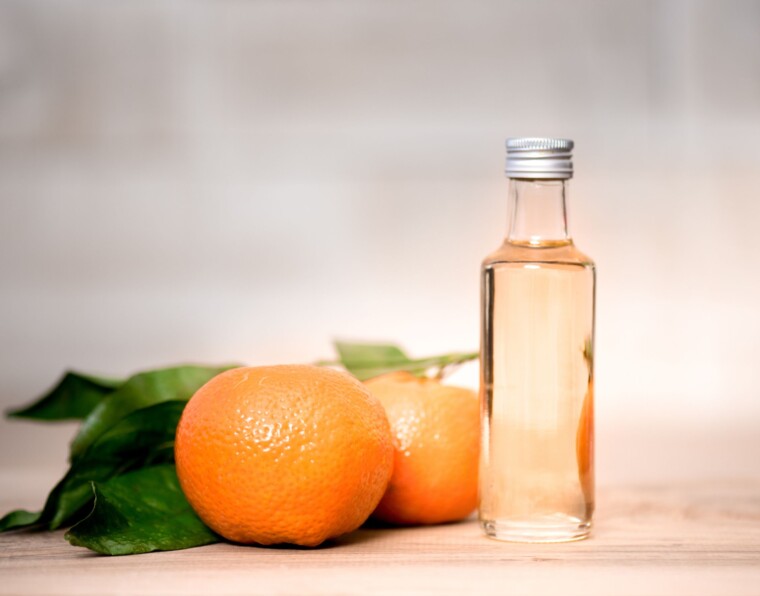Acne is one of the most common self-neglectful habits you can have as an adult. The condition can be tough to get rid of on your own, and that’s why the use of natural methods are so helpful. If left untreated, acne can lead to scarring, blackheads, whiteheads and pimples. That being said, even though acne is a common disease, there are numerous ways to reduce its impact without completely removing it from your life. Today we’re going to talk about how witch hazel can help you get rid of acne flaws and clear skin faster than ever before!
What is witch hazel?
Witch hazel is a plant that is native to Europe and Asia, and is used as a traditional medicine in both regions. It is also used as an organic solvent, a flavoring agent, and as an anti-inflammatory agent. Witch hazel is a plant that is native to Europe and Asia, and is used as a traditional medicine in both regions. It is also used as an organic solvent, a flavoring agent, and as an anti-inflammatory agent.
How does witch hazel work on acne?
As its name suggests, witch hazel works well on acne. It helps reduce inflammation, which can make it easier for acne to “ awake ” ( pimply ). Acne is characterized by whiteheads and blackheads, which can be controlled with the help of a effective acne treatment.
How to use witch hazel for acne treatment?
To get the most out of witch hazel, you’ll want to use it twice a day. Apply a small amount of witch hazel to your T-zone (area between your eyebrows and ears) once a day and mix it with your regular moisturizer. Extend this routine for three days in a row, and you’ll have a harder time breaking out from the herbal treatment.
3 proven methods of treating acne with witch hazel
Keep in mind that all the acne treatments listed above are effective for whiteheads and blackheads, but they’re less effective when it comes to the surrounding skin. The use of benzoyl peroxide and salicylic acid, for example, will only help you get acne marks out of your system, but not all acne types. If your acne is more whitehead-prone, you should consider using products with more focused ingredients. The following acne treatments are proven to be effective for a large range of skin types. washing twice a day with a cleanser – acne prone skin should use different cleansers from normal skin. benzoyl peroxide – used for whiteheads and blackheads and can dry out sensitive skin salicylic acid – best used with benzoyl perylide avoiding the sun – UV rays from the sun can cause acne, so you should avoid tanning booths and other sources of UV radiation. Avoiding foods with high levels of sugar – sugar can cause acne, so avoid sugary drinks and foods. lots of water – keeping your skin hydrated is vital for clear skin. lotions and serums – these should be used sparingly as they can dry out your skin.
Conclusion
Acne is one of the most common self-neglectful habits you can have as an adult. The condition can be tough to get rid of on your own, and that’s why the use of natural methods are so helpful. If left untreated, acne can lead to scarring, blackheads, whiteheads and pimples. That being said, even though acne is a common disease, there are numerous ways to reduce its impact without completely removing it from your life.
Frequently Asked Questions
1. Can witch hazel cause acne?
No, witch hazel is not known to cause acne. In fact, it may even help to reduce acne.
2. Can witch hazel help acne scars?
Yes, witch hazel can help to fade acne scars.
3. When to apply witch hazel to face?
You can apply witch hazel to your face as often as you like. However, it is most commonly used as a spot treatment for acne, so you may want to apply it to blemishes as they appear.
4. How to use witch hazel for acne?
There are many ways to use witch hazel for acne. You can apply it directly to your skin with a cotton ball or pad, or you can add it to a toner or moisturizer. You can also find witch hazel products specifically for acne, such as cleansers, toners, and spot treatments.



